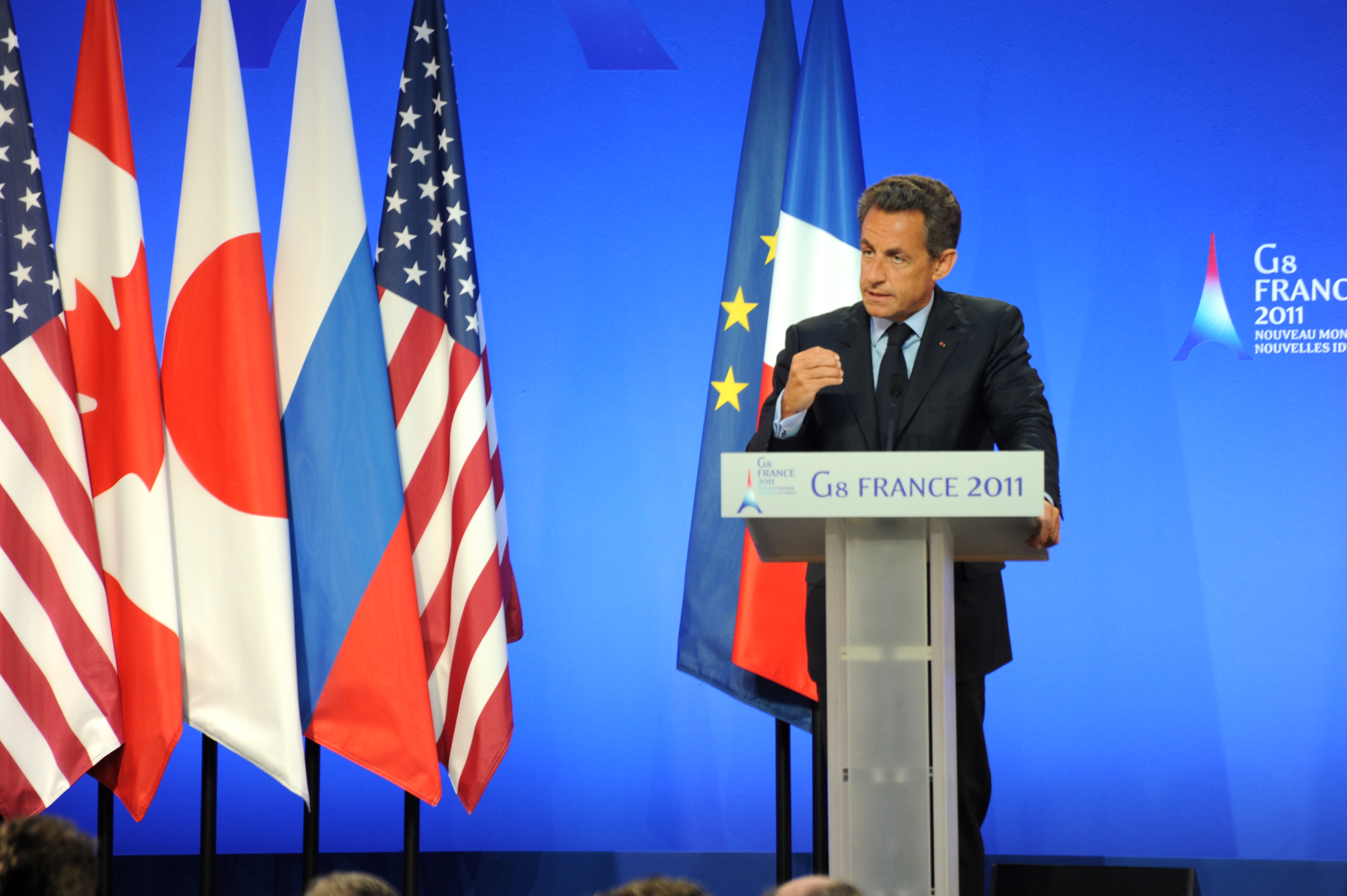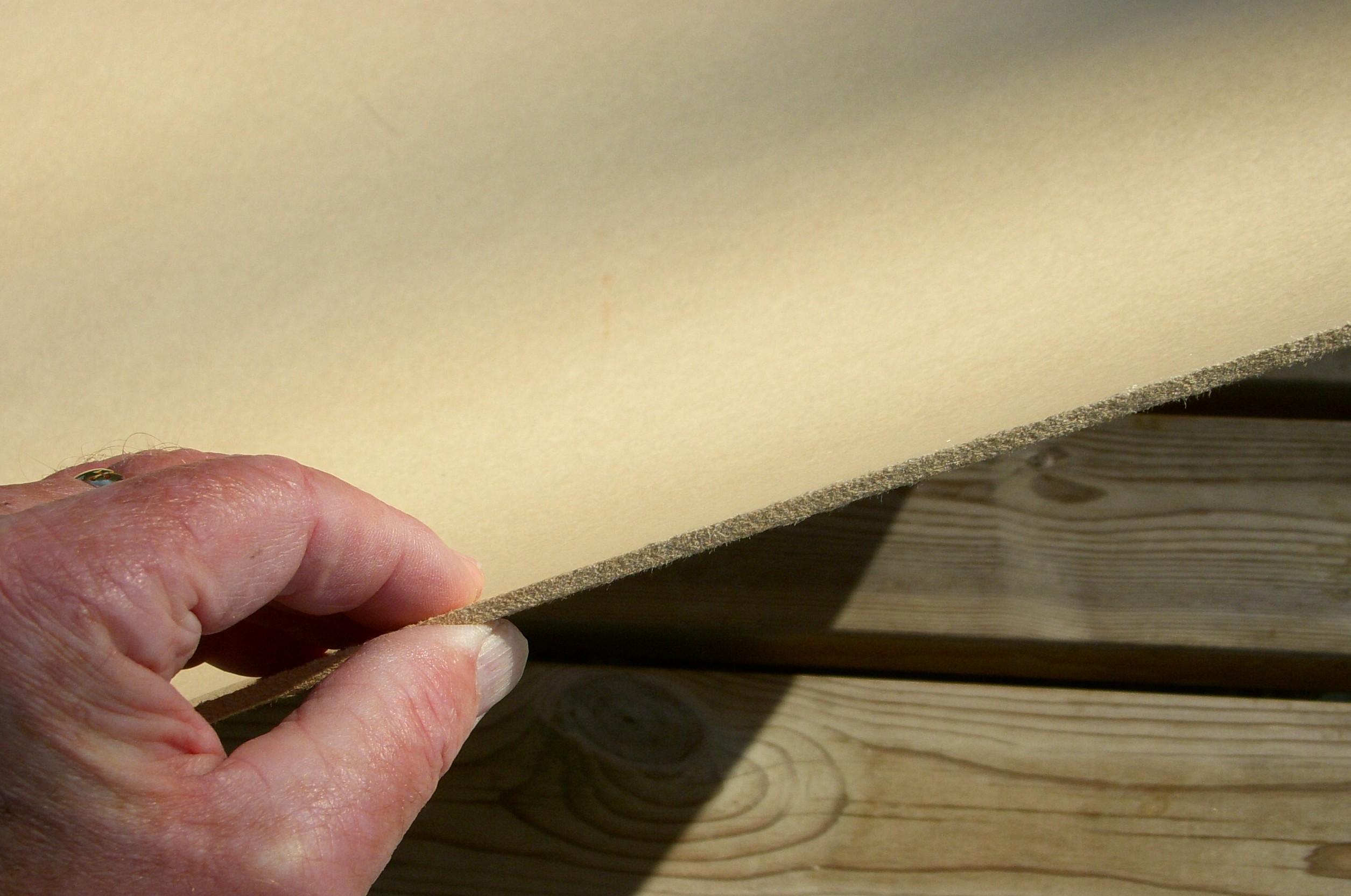|
Camera Dolly
A camera dolly is a wheeled cart or similar device used in filmmaking and television production to create smooth horizontal camera movements. The camera is mounted to the dolly and the camera operator and focus puller or camera assistant usually ride on the dolly to push the dolly back and forth. The camera dolly is generally used to produce images which involve moving the camera toward or away from a subject while a take is being recorded, a technique known as a "dolly shot". The dolly grip is the dedicated technician trained to operate the dolly by manually pushing it back and forth. Movement The camera dolly may be used as a shooting platform on any surface but is often raised onto a track, to create smooth movement on a horizontal axis known as a tracking shot. Additionally, most professional film studio dollies have a hydraulic jib arm that raises or lowers the camera on the vertical axis. When a dolly grip operates a dolly on perpendicular axes simultaneously, it's kno ... [...More Info...] [...Related Items...] OR: [Wikipedia] [Google] [Baidu] |
Arriflex D 21 With Camera Dolly
The Arri Group () is a German manufacturer of motion picture film equipment. Based in Munich, the company was founded in 1917. It produces professional motion picture cameras, lenses, lighting and post-production equipment. Hermann Simon mentioned this company in his book ''Hidden Champions of the 21st Century'' as an example of a " hidden champion". The Arri Alexa camera system was used to film Academy Award winners for Best Cinematography including ''Hugo'', ''Life of Pi'', ''Gravity'', '' Birdman'', '' The Revenant'' and ''1917''. History Early history Arri was founded in Munich, Germany on 12 September 1917 by August Arnold and Robert Richter as Arnold & Richter Cine Technik. The acronym ''Arri'' was derived from the initial two letters of the founders' surnames, ''Ar''nold and ''Ri''chter. In 1924, Arnold and Richter developed their first film camera, the small and portable Kinarri 35. In 1937, Arri introduced the world's first reflex mirror shutter in the Arriflex 35 ... [...More Info...] [...Related Items...] OR: [Wikipedia] [Google] [Baidu] |
Plywood
Plywood is a material manufactured from thin layers or "plies" of wood veneer that are glued together with adjacent layers having their wood grain rotated up to 90 degrees to one another. It is an engineered wood from the family of manufactured boards which include medium-density fibreboard (MDF), oriented strand board (OSB) and particle board (chipboard). All plywoods bind resin and wood fibre sheets (cellulose cells are long, strong and thin) to form a composite material. This alternation of the grain is called ''cross-graining'' and has several important benefits: it reduces the tendency of wood to split when nailed at the edges; it reduces expansion and shrinkage, providing improved dimensional stability; and it makes the strength of the panel consistent across all directions. There is usually an odd number of plies, so that the sheet is balanced—this reduces warping. Because plywood is bonded with grains running against one another and with an odd number of composit ... [...More Info...] [...Related Items...] OR: [Wikipedia] [Google] [Baidu] |
Film Production
Filmmaking (film production) is the process by which a motion picture is produced. Filmmaking involves a number of complex and discrete stages, starting with an initial story, idea, or commission. It then continues through screenwriting, casting, pre-production, shooting, sound recording, post-production, and screening the finished product before an audience that may result in a film release and an exhibition. Filmmaking occurs in a variety of economic, social, and political contexts around the world. It uses a variety of technologies and cinematic techniques. Although filmmaking originally involved the use of film, most film productions are now digital. Today, filmmaking refers to the process of crafting an audio-visual story commercially for distribution or broadcast. Production stages Film production consists of five major stages: * Development: Ideas for the film are created, rights to existing intellectual properties are purchased, etc., and the screenplay is written ... [...More Info...] [...Related Items...] OR: [Wikipedia] [Google] [Baidu] |
Aluminium
Aluminium (aluminum in AmE, American and CanE, Canadian English) is a chemical element with the Symbol (chemistry), symbol Al and atomic number 13. Aluminium has a density lower than those of other common metals, at approximately one third that of steel. It has a great affinity towards oxygen, and Passivation (chemistry), forms a protective layer of Aluminium oxide, oxide on the surface when exposed to air. Aluminium visually resembles silver, both in its color and in its great ability to reflect light. It is soft, Magnetism, non-magnetic and ductility, ductile. It has one stable isotope, 27Al; this isotope is very common, making aluminium the twelfth most common element in the Universe. The radioactivity of Aluminum-26, 26Al is used in Radiometric dating, radiodating. Chemically, aluminium is a post-transition metal in the boron group; as is common for the group, aluminium forms compounds primarily in the +3 oxidation state. The aluminium cation Al3+ is small and h ... [...More Info...] [...Related Items...] OR: [Wikipedia] [Google] [Baidu] |
Steel
Steel is an alloy made up of iron with added carbon to improve its strength and fracture resistance compared to other forms of iron. Many other elements may be present or added. Stainless steels that are corrosion- and oxidation-resistant typically need an additional 11% chromium. Because of its high tensile strength and low cost, steel is used in buildings, infrastructure, tools, ships, trains, cars, machines, electrical appliances, weapons, and rockets. Iron is the base metal of steel. Depending on the temperature, it can take two crystalline forms (allotropic forms): body-centred cubic and face-centred cubic. The interaction of the allotropes of iron with the alloying elements, primarily carbon, gives steel and cast iron their range of unique properties. In pure iron, the crystal structure has relatively little resistance to the iron atoms slipping past one another, and so pure iron is quite ductile, or soft and easily formed. In steel, small amounts of carb ... [...More Info...] [...Related Items...] OR: [Wikipedia] [Google] [Baidu] |
NEWTON Stabilized Head On Remote Controlled Camera Dolly For Live TV Broadcast
Newton most commonly refers to: * Isaac Newton (1642–1726/1727), English scientist * Newton (unit), SI unit of force named after Isaac Newton Newton may also refer to: Arts and entertainment * ''Newton'' (film), a 2017 Indian film * Newton (band), Spanish electronic music group * ''Newton'' (Blake), a print by William Blake * ''Newton'' (Paolozzi), a 1995 bronze sculpture by Eduardo Paolozzi * Cecil Newton (''Coronation Street''), a character in the British soap opera ''Coronation Street'' * Curtis Newton, "real" name of pulp magazine character Captain Future * George Newton, a character in the film series ''Beethoven'' * Newton Gearloose, a Disney character, nephew of Gyro Gearloose * Newton, a character in ''The Mighty Hercules'' animated series People * Newton (surname), including a list of people with the surname * Newton (given name), including a list of people with the given name Places Australia * Newton, South Australia Canada * Newton, Edmonton, Alberta * ... [...More Info...] [...Related Items...] OR: [Wikipedia] [Google] [Baidu] |
Steering
Steering is a system of components, linkages, and other parts that allows a driver to control the direction of the vehicle. Introduction The most conventional steering arrangement allows a driver to turn the front wheels of a vehicle using a hand–operated steering wheel positioned in front of the driver. The steering wheel is attached to a steering column, which is linked to rods, pivots and gears that allow the driver to change the direction of the front wheels. Other arrangements are sometimes found on different types of vehicles; for example, a tiller or rear-wheel steering. Tracked vehicle Continuous track is a system of vehicle propulsion used in tracked vehicles, running on a continuous band of treads or track plates driven by two or more wheels. The large surface area of the tracks distributes the weight of the vehicle ...s such as bulldozers and tanks usually employ differential steering, where the tracks are made to move at different speeds or even ... [...More Info...] [...Related Items...] OR: [Wikipedia] [Google] [Baidu] |
Masonite
Masonite is a type of hardboard, a kind of engineered wood, which is made of steam-cooked and pressure-molded wood fibers in a process patented by William H. Mason. It is also called Quartrboard, Isorel, hernit, karlit, torex, treetex, and pressboard. History A product resembling masonite ( hardboard) was first made in England in 1898 by hot-pressing waste paper.Akers, 1966, p. x Masonite was patented in 1924 in Laurel, Mississippi, by William H. Mason, who was a friend and protégé of Thomas Edison. Mass production started in 1929. In the 1930s and 1940s, Masonite was used for applications including doors, roofing, walls, desktops, and canoes. It was sometimes used for house siding. Similar "tempered hardboard" is now a generic product made by many forest product companies. The Masonite Corporation entered the door business as a supplier of facings in 1972, and was purchased in 2001 by Premdor Corporation, a door maker, from its former parent International Paper. It no ... [...More Info...] [...Related Items...] OR: [Wikipedia] [Google] [Baidu] |
Jib (camera)
In cinematography, a jib is any boom device used to mount a camera on one end, and a counterweight with camera controls on the other. In principle, it operates like a see-saw, with the balance point located closer to the counterweight, which allows the end of the arm with the camera to move through an extended arc. Typically a jib permits the camera to be moved vertically, horizontally, or a combination of the two. A small jib can be mounted on a tripod, but many larger, purpose-built jibs have their own support stands, often on wheels. Modern jibs are normally modular and can be assembled in various lengths. Use A jib can be used for getting high or low shots which are difficult for a hand-held camera operator to get, or shots which need to move a short distance horizontally or vertically, without the expense and safety issues of putting a camera operator on a crane for a crane shot or laying track for a camera dolly. A jib can even be mounted on a dolly for shots in which the ... [...More Info...] [...Related Items...] OR: [Wikipedia] [Google] [Baidu] |
37th G8 Summit
The 37th G8 summit was held on May 26–27, 2011, in Deauville, France. Previous G8 summits have been hosted by France in locations which include Rambouillet (1975); Versailles (1982); Grande Arche, Paris (1989); Lyon (1996); and Évian-les-Bains (2003). G20/G8 France 2011 official site ; retrieved 13 February 2011 Overview  The
The [...More Info...] [...Related Items...] OR: [Wikipedia] [Google] [Baidu] |





